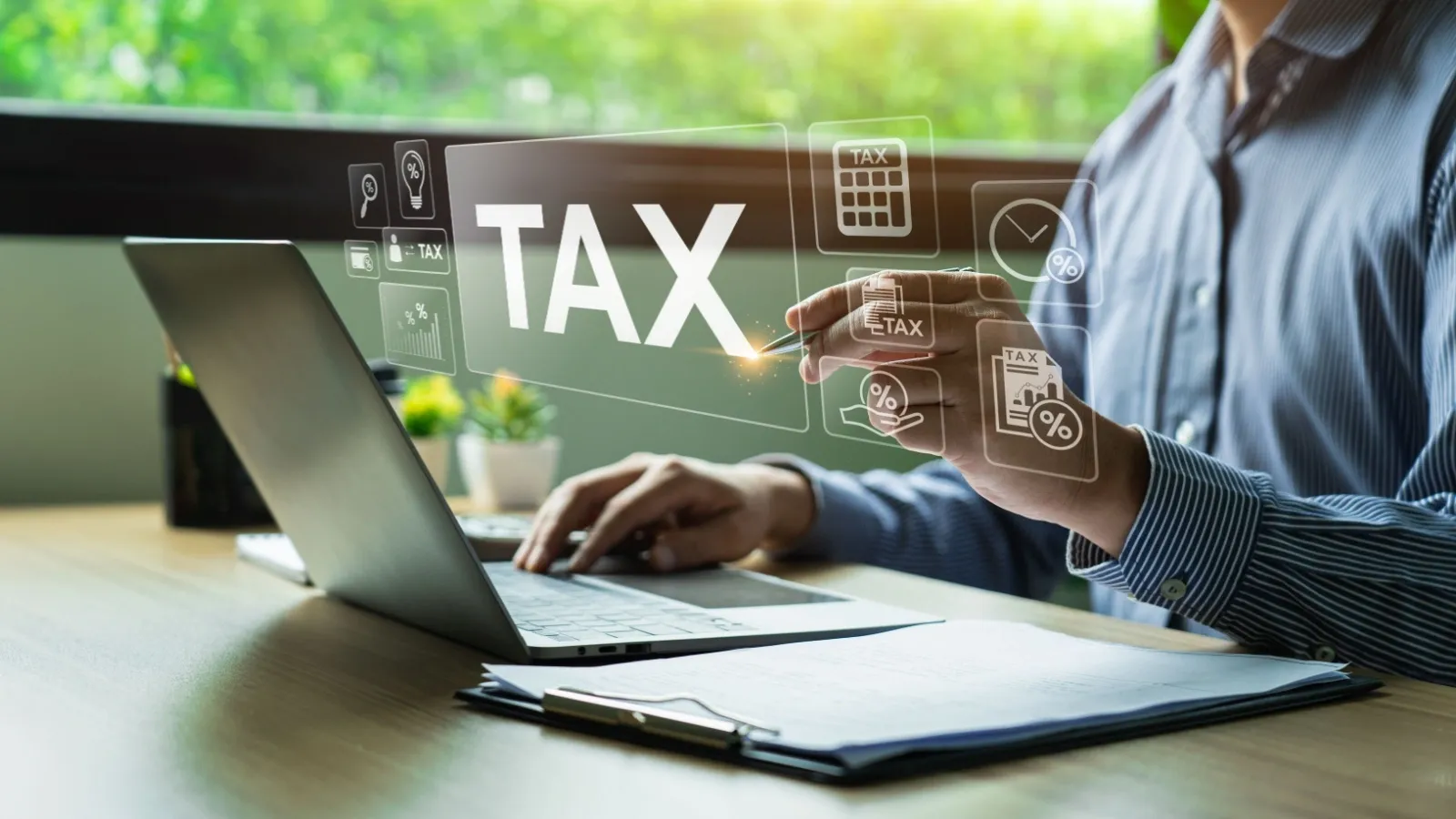Personal Finance News
Salaried and earning over ₹10,000 from fixed deposit or bonds? Avoid this mistake to pay less tax

4 min read | Updated on July 09, 2025, 12:29 IST
SUMMARY
Employees are generally very relaxed about their tax liability, believing it is being taken care of by their employers. However, being comfortable or worry-free about tax matters can sometimes prove to be costly.

Representational image of a salaried employee calculating advance tax liability. | Source: Shutterstock
Imagine you are starting to file your Income Tax Return (ITR), confident that your employer has already deducted all the necessary taxes. You assume it's just a matter of completing the formalities.
But as you progress through the return filing process, you are surprised to find that you are still required to pay additional taxes.
The above situation is disappointing, but it is very common, especially for salaried employees who earn not just from their salaries but also from other sources. Let's understand how this happens:
While calculating the advance tax liability of the employees, employers take into account only those incomes that are known to them, which, in most cases, is salary.
However, employees often have additional income on top of their salaries. They are required to pay the advance tax by themselves on such income if it is above ₹10,000. Failing to pay the advance tax timely can increase their final tax liability.
What are these additional incomes?
These additional incomes could be from fixed deposits, bonds, rental income, savings accounts, or capital gains.
As per the Income Tax Department, employees need to estimate the tax liability on such incomes in advance and pay taxes beforehand.
"For salaried individuals, advance tax is mostly taken care of through TDS by employers. But other forms of income, such as interest on savings bank accounts, fixed deposits, rental income, bonds, or capital gains, increase the tax liability. Tax liability needs to be estimated beforehand. If tax amounts to more than ₹10,000/- per year, taxpayers need to pay advance tax in quarterly instalments (June, September, December, and March)," the tax department says on its website.
How much advance tax do you have to pay and when?
-
By June 15: Pay 15% of estimated advance tax liability.
-
By September 15: Pay 45% of the remaining advance tax liability.
-
By December 15: Pay 75% of the remaining advance tax liability.
-
By March 15: Pay 100% 75% of the remaining advance tax liability.
What's the penalty?
It is compulsory to pay advance tax on income above ₹10,000. If you fail to pay the advance tax, then you will have to pay interest along with the tax amount.
Not paying the advance tax can result in an interest of 1% per month on the taxable amount. Under Section 234C, the interest on delay is as follows:
-
When the advance tax paid by June 15 is less than 15%, you have to pay interest at 1% per month for 3 months. This interest applies to the amount obtained after reducing the tax paid before June 15 from the 15% advance tax liability.
-
When the advance tax paid by September 15 is less than 45%, you have to pay interest at 1% per month for 3 months. This interest applies to the amount obtained after reducing 45% of the remaining advance tax liability by the tax paid before September 15.
-
When the advance tax paid by December 15 is less than 75%, you have to pay interest at 1% per month for 3 months. This interest applies to the amount obtained after reducing 75% of the remaining advance tax liability by the tax paid before December 15.
-
When the advance tax paid by March 15 is less than 100%, you have to pay interest at 1% per month for 1 month. This interest applies to the amount obtained after reducing 100% of the remaining advance tax liability by the tax paid before March 15.
The next due date to pay up to 45% advance tax for FY 2025-26 is September 15, 2025. If you have additional income over ₹10,000 for which the employer is not deducting tax, then you must pay the advance tax before the due date.
Related News
By signing up you agree to Upstox’s Terms & Conditions
About The Author
Next Story



